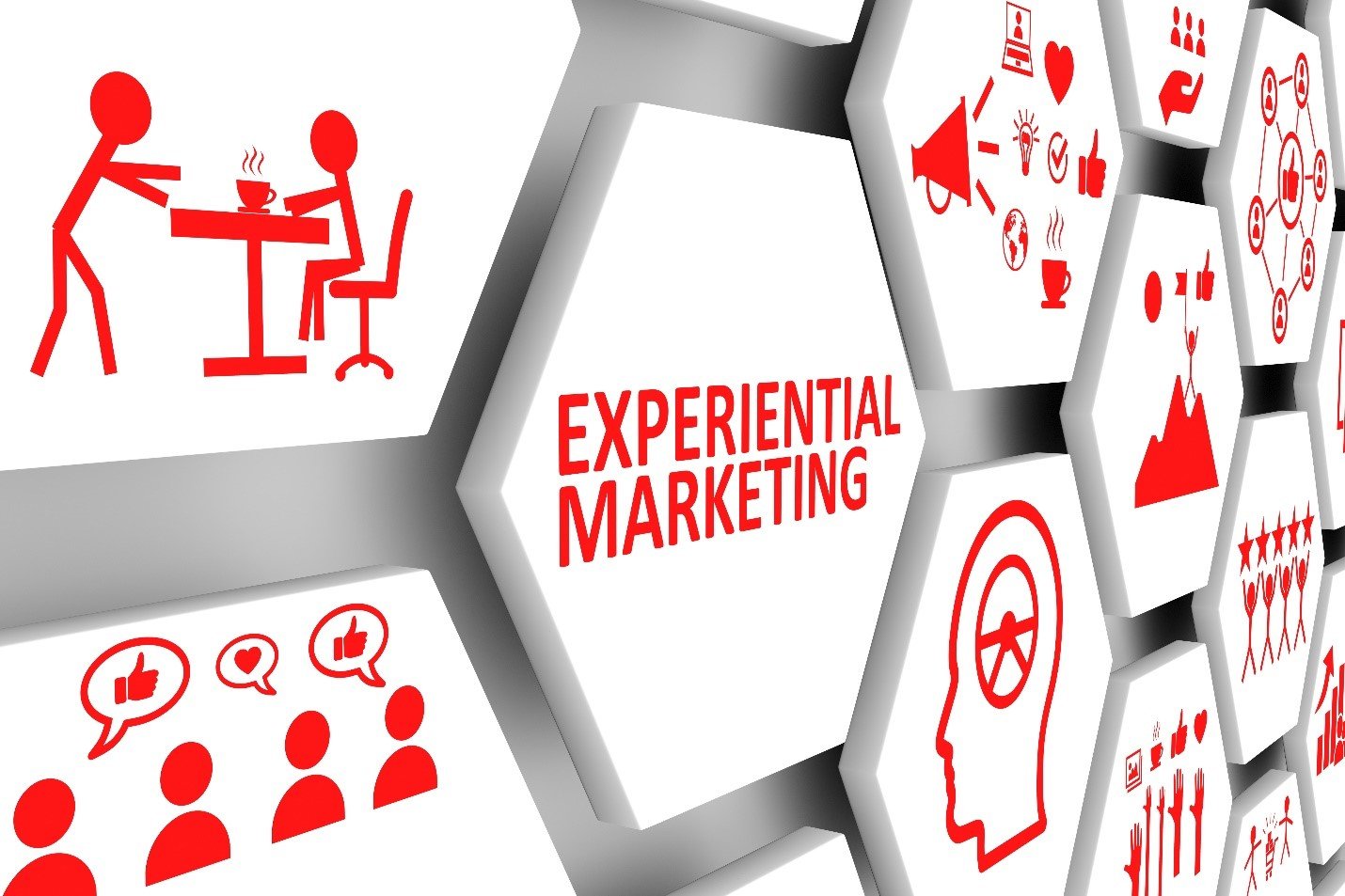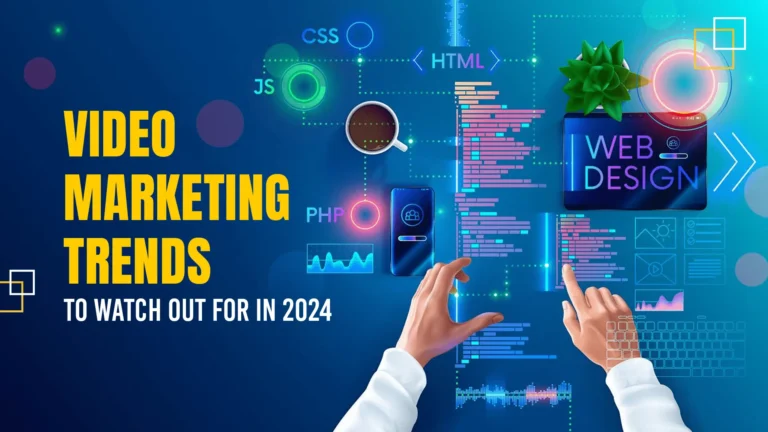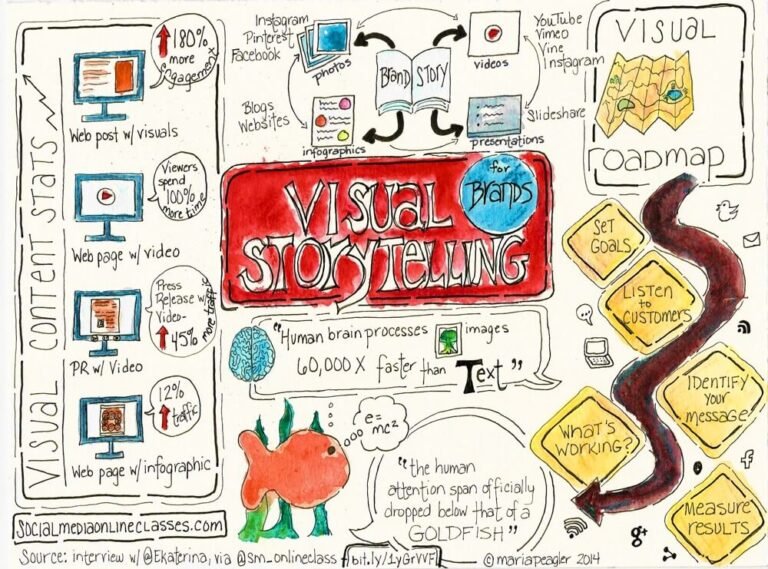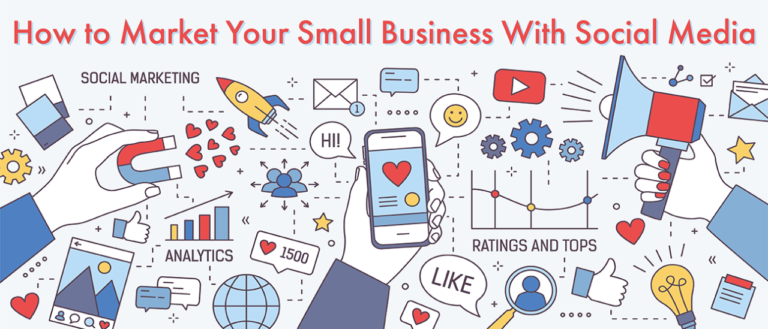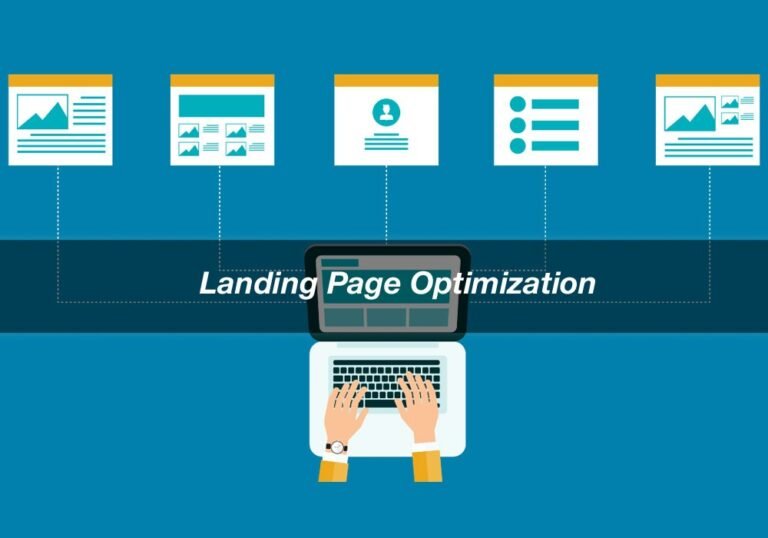What is Experiential Marketing? A Guide to Engaging Brand Experiences
In a world where consumers are bombarded with advertisements, brands must find innovative ways to stand out. Experiential marketing offers a solution by focusing on interactive experiences that engage audiences on a deeper level. Rather than relying on traditional ads, this approach creates immersive experiences that foster strong emotional connections and build lasting relationships between a brand and its audience.
Whether through live events, pop-ups, or brand activations, experiential marketing allows potential customers to interact directly with a brand. These interactions go beyond passive consumption, transforming participants into active participants in a brand experience. The result? Increased brand loyalty and a lasting impression that encourages future engagement and sales.
As a growing trend in the marketing world, experiential campaigns are redefining how brands connect with their audiences. This article explores what is experiential marketing the key elements, how it works, and why it is vital in today’s crowded marketplace.

What is Experiential Marketing and It’s Benefits
Experiential marketing goes beyond traditional methods by focusing on the customer’s senses and emotions, creating a more profound impact than conventional advertisements. Here’s why this strategy is becoming essential for brands in every industry:

1. Building Strong Emotional Connections
Experiential marketing creates opportunities for audiences to connect with a brand on a personal level. By offering interactive experiences, brands can evoke feelings of excitement, joy, or even nostalgia. These emotions not only create lasting impressions but also cultivate brand loyalty.
2. Increased Consumer Engagement
Unlike static ads, experiential campaigns actively involve the audience, turning them into active participants in the brand story. Whether through live events, virtual reality demos, or hands-on product activations, this two-way interaction ensures deeper consumer engagement and higher retention rates.
3. Differentiation in a Crowded Marketplace
In a sea of competing advertisements, standing out is critical. Experiential marketing offers memorable experiences that help a brand differentiate itself. Whether through a creative pop-up or a large-scale event, these campaigns make a brand unforgettable.
4. Boosting Brand Awareness
Experiential marketing doesn’t just reach those attending the event—it often generates a ripple effect through social media. Attendees love sharing their experiences online, leading to user-generated content that amplifies a brand’s reach and visibility.
5. Driving Sales and Conversions
By allowing potential customers to experience products firsthand, brands can increase trust and confidence in their offerings. For example, product demos and trials during experiential marketing events often lead directly to purchases or sign-ups.
Types of Experiential Marketing
Experiential marketing comes in many forms, each tailored to create interactive experiences that align with a brand’s goals and resonate with its target audience. Here are some of the most effective types:
1. Pop-Ups
Temporary and attention-grabbing, pop-ups are a great way to surprise and engage consumers. These physical locations allow brands to showcase their products in a unique setting, creating buzz and memorable experiences that attendees often share on social media.
2. Live Events
From concerts to product launches, live events provide a dynamic space for brands to engage directly with their audience. These events often include brand ambassadors who ensure attendees feel connected to the brand and its mission.
3. Brand Activations
Brand activations are immersive events designed to introduce or reintroduce a brand to its audience. These experiences focus on fostering a strong emotional connection, leaving participants with a deeper understanding of the brand’s values.
4. Trade Shows
Participating in trade shows allows brands to showcase their products or services to an industry-specific audience. By offering hands-on experiences, trade shows not only generate leads but also reinforce trust and credibility.
5. Virtual and Augmented Reality
By leveraging virtual reality (VR) and augmented reality (AR), brands can create cutting-edge experiences that transport participants into a digital or enhanced physical environment. These technologies allow for interactive experiences that are both innovative and memorable.
How to Plan a Successful Experiential Marketing Campaign
Planning an experiential marketing campaign requires precision, creativity, and a clear understanding of your goals and audience. Here’s a step-by-step guide to ensure your campaign hits the mark:
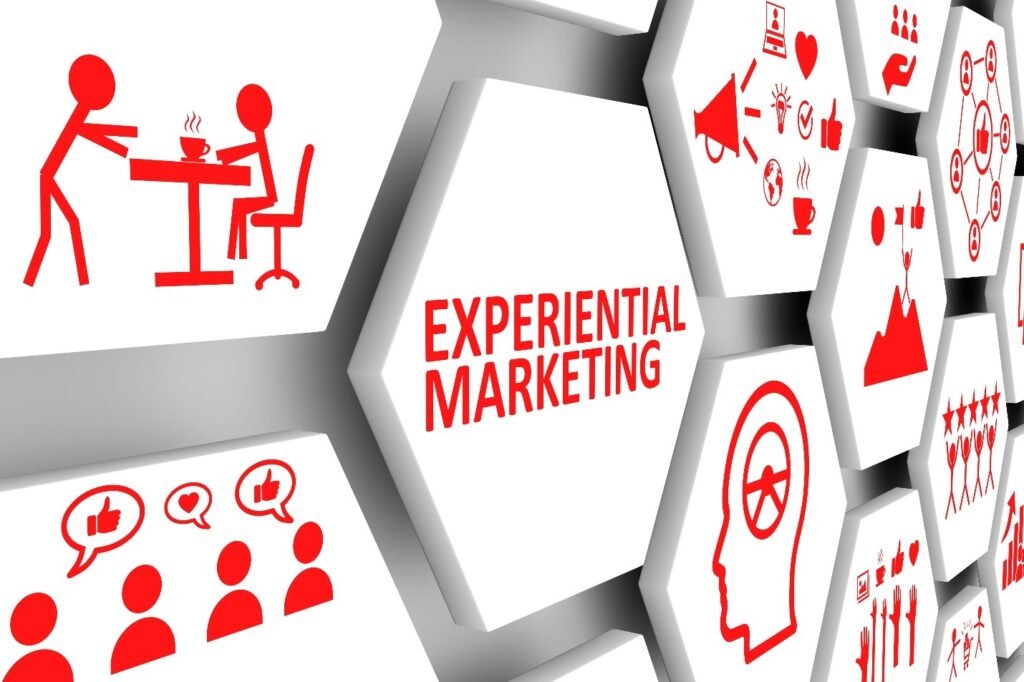
1. Understand Your Target Audience
Your campaign’s success hinges on knowing who you’re trying to reach. Use market research to identify your audience’s preferences, habits, and pain points. This insight will help you design an experience that feels personal and relevant, ensuring it resonates and encourages active participation.
2. Set Clear Objectives
Define what you want to achieve. Whether it’s brand awareness, lead generation, or boosting sales, your objectives should be specific and measurable. For example, tracking metrics like sign-ups, social media shares, or attendee feedback can help gauge success.
3. Focus on Immersive and Interactive Experiences
The core of any experiential campaign is creating a memorable experience. Incorporate elements like virtual reality, brand activations, or pop-ups to engage your audience in unique and exciting ways. Ensure the experience aligns with your brand’s values and leaves a lasting impression.
4. Incorporate Technology
Using tools like augmented reality apps, digital check-ins, or social media integrations can elevate the experience and make it seamless. Technology not only enhances engagement but also simplifies data collection for post-event analysis.
5. Optimize Event Logistics
Smooth execution is crucial. From securing the right physical location to ensuring well-trained brand ambassadors, every detail counts. Efficient project management helps deliver an experience that feels effortless for participants.
6. Promote the Campaign Effectively
Generate excitement before the event by leveraging social media and other marketing channels. Encourage user-generated content during and after the campaign to amplify its reach and keep the buzz alive.
7. Measure and Analyze Results
Use data to assess your campaign’s impact. Key metrics like lead conversions, audience engagement, and post-event sales will reveal whether your efforts paid off. This analysis is essential for refining strategies for future events.
Examples of Successful Experiential Marketing Campaigns
Real-world examples often provide the best insights into how experiential marketing works. Here are some successful experiential marketing campaigns that highlight creativity, strategy, and audience engagement:
- 1. Lean Cuisine’s #WeighThis Campaign Instead of focusing on product features, Lean Cuisine created an interactive experience centered around self-worth. In a public installation, women were invited to “weigh” what truly matters to them, such as accomplishments or relationships. This campaign didn’t just showcase the brand—it built a strong emotional connection with its audience, aligning perfectly with its brand’s values.
- 2. Red Bull Stratos Red Bull took experiential marketing to new heights—literally. The Stratos campaign, which featured Felix Baumgartner’s record-breaking skydive from the edge of space, was a blend of live marketing and spectacle. It captivated millions worldwide, reinforced Red Bull’s adventurous identity, and demonstrated how memorable experiences can boost a brand’s visibility and engagement.
- 3. IKEA’s Sleepover Event IKEA invited fans to participate in a live event where attendees spent the night in one of its showrooms. Guests could explore the brand’s products in a relaxed and interactive setting while engaging in fun activities. This experiential campaign showcased IKEA’s offerings in a way that felt personal and relevant, leaving a lasting impression.
- 4. Coca-Cola’s Happiness Vending Machine Coca-Cola installed vending machines in select locations that dispensed free drinks when people hugged the machine or completed other fun challenges. This interactive experience reinforced Coca-Cola’s message of spreading happiness while engaging customers in a unique and unexpected way.
- 5. Nike’s Unlimited Stadium Nike transformed a running track in Manila into a giant LED screen where participants could race against a digital version of themselves. This use of augmented reality combined with interactive marketing not only showcased Nike’s innovation but also fostered deep emotional connections with fitness enthusiasts.
Best Practices for Experiential Marketing
To create a standout experiential marketing campaign, it’s essential to follow proven best practices. These strategies ensure your campaign delivers maximum impact, builds brand loyalty, and leaves your target audience wanting more.
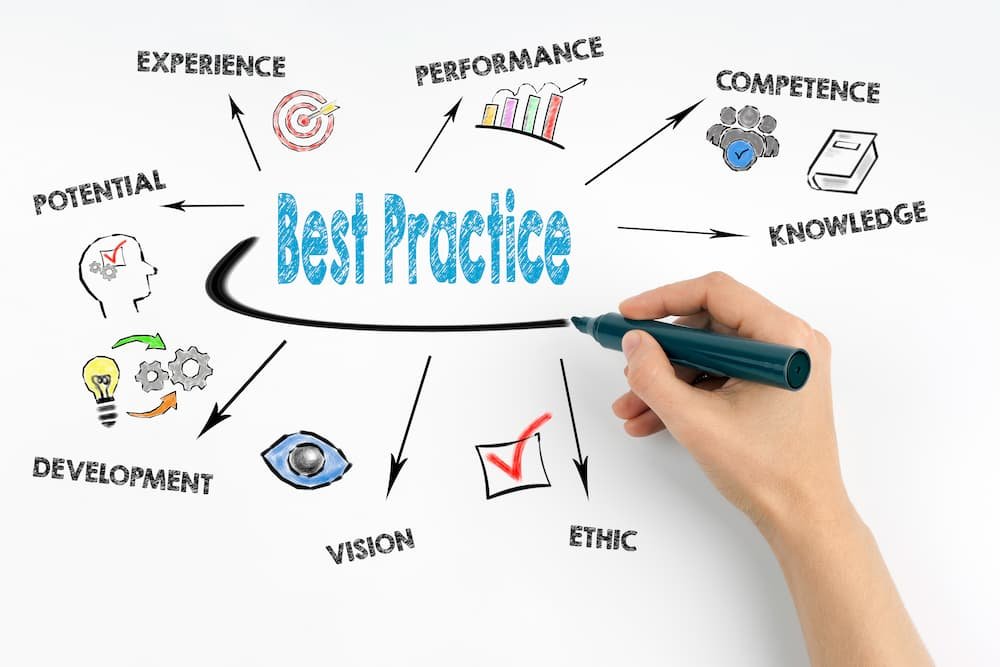
1. Align the Experience with Your Brand’s Values
Every element of the campaign should reflect what your brand stands for. Consistency between the brand’s values and the experience builds trust and reinforces your identity. For example, an eco-friendly brand might focus on sustainable materials or activities during their events.
2. Focus on Creating Memorable and Meaningful Experiences
A successful campaign doesn’t just capture attention; it stays in people’s minds. Incorporate interactive experiences that allow participants to engage directly with your brand, leaving them with lasting impressions. Whether through live events or virtual reality, aim for moments that your audience won’t forget.
3. Leverage Social Media for Amplification
Encourage attendees to share their experiences on social media, creating user-generated content that expands your campaign’s reach. Use branded hashtags, photo booths, or shareable digital content to make participation easy and fun.
4. Incorporate Technology to Enhance Engagement
Use augmented reality, QR codes, or digital interfaces to create seamless, tech-enabled interactions. Technology not only boosts engagement but also offers valuable data for measuring campaign success.
5. Engage and Train Brand Ambassadors
Your brand ambassadors are the face of your campaign. Train them to embody your brand and engage participants in meaningful conversations. Their enthusiasm and expertise will enhance the experience and ensure attendees feel connected.
6. Prioritize a Smooth Customer Journey
Ensure the campaign is well-organized from start to finish. Details like an easy check-in process, clear signage, and attentive staff can make the participation process easier and leave a positive impression.
7. Measure and Refine for Future Success
Evaluate your campaign’s effectiveness by analyzing key metrics like audience engagement, lead conversions, and post-event sales. Use these insights to refine your strategy for future events and keep improving.
Conclusion: The Power of Experiential Marketing
Experiential marketing is more than just a trend—it’s a proven strategy for creating memorable experiences that connect with a target audience on a deeper level. By focusing on interactive experiences and fostering strong emotional connections, brands can stand out in a crowded marketplace and build long-term brand loyalty.
Whether it’s a pop-up, a live event, or an innovative use of augmented reality, experiential marketing campaigns offer endless possibilities for creativity and engagement. The key is to align your campaign with your brand’s values, prioritize a seamless experience, and leverage tools like social media and market research to amplify your impact.
With careful planning, execution, and analysis, brands can use experiential marketing to turn potential customers into loyal customers, generate buzz, and achieve measurable results. It’s not just about selling products—it’s about creating connections, telling stories, and leaving a lasting impression.
Ready to transform your marketing strategy with experiential campaigns? Start crafting experiences that your audience will remember—and talk about—for years to come.
Disclosure: Our blog contains affiliate links to products. We may receive a commission for purchases made through these links. However, this does not impact our reviews and comparisons. We try our best to keep things fair and balanced, in order to help you make the best choice for you.

